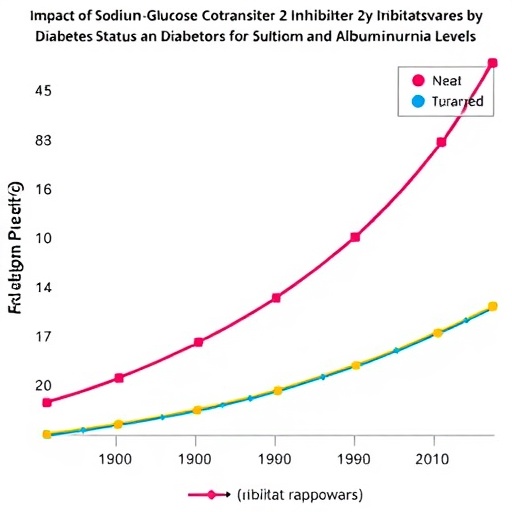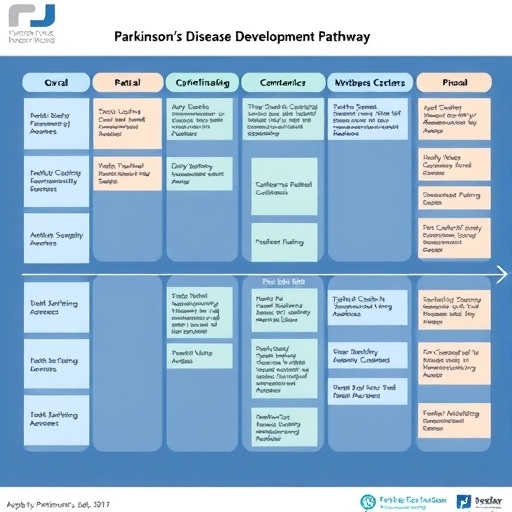Unprecedented images of cancer genome-mutating enzymes acting on DNA provide vital clues into how the enzymes work to promote tumor evolution and drive poor disease outcomes. These images, revealed by University of Minnesota researchers, provide the first ever high-resolution pictures of molecular complexes formed between DNA and the human APOBEC3A and APOBEC3B enzymes.
The research is published today online in Nature Structural and Molecular Biology.
The DNA mutating enzymes called APOBECs are a major source of mutation in breast, lung, cervical, head/neck and many other cancer types.
"These enzymes normally function to protect us from viral infections," said Reuben Harris, Ph.D., investigator of the Howard Hughes Medical Institute and professor of Biochemistry, Molecular Biology, and Biophysics, member of the Masonic Cancer Center, and associate director of the Institute of Molecular Virology, University of Minnesota. "However, these enzymes can become misregulated in cancer cells and cause mutations in our own genomic DNA. These mutations fuel tumor evolution and promote poor clinical outcomes such as drug resistance and metastasis."
With an imaging technique called x-ray crystallography, which uses a high energy x-ray beam to visualize the atomic details of molecules, researchers were able to see an unexpected mode of DNA binding activity. A unique U-shaped DNA conformation and defined pockets for the target cytosine and the adjacent thymine base explains the specific mutation signature left behind by the enzyme interacting with tumor DNA.
"Our crystal structures and corroborating biochemical experiments show how APOBEC3A and APOBEC3B engage DNA substrates," said Hideki Aihara, Ph.D., associate professor in the department of Biochemistry, Molecular Biology and Biophysics and member of the Institute of Molecular Virology and the Masonic Cancer Center at the University of Minnesota. "These structures show an unexpected mode of DNA engagement with a sharply bent DNA strand and flipped-out nucleotides. Our findings were surprising, but actually make a lot of sense and explain many previous observations about this family of proteins."
The DNA-binding mechanism suggests ways to block enzyme activity in cancer, which could slow the rate at which tumors evolve. Inhibiting APOBEC activity could make current anti-cancer therapies more effective.
Work continues to take and analyze additional portraits of these enzymes with different DNA substrates and to devise strategies for enzyme inhibition.
Funding for this work is provided by grants from the National Institutes of Health (R01-GM118000, R35-GM118047, R01-GM110129, R21-CA206309, DP2-OD007237, P41-GM103426), the National Science Foundation (CHE060073N), the Prospect Creek Foundation and the Masonic Cancer Center, University of Minnesota. Harris is the Margaret Harvey Schering Land Grant Chair for Cancer Research at the University of Minnesota, and an Investigator of the Howard Hughes Medical Institute.
###
College of Biological Sciences faculty conduct research in all areas of biology from molecules to ecosystems with applications in medicine, environment, and biotechnology. The college offers seven undergraduate majors and five graduate programs. Our highly competitive undergraduate program attracts some of the brightest students at the University of Minnesota. Visit cbs.umn.edub to learn more.
Masonic Cancer Center, University of Minnesota is a Comprehensive Cancer Center designated by the National Cancer Institute. For more than 25 years, researchers, educators, and care providers have worked to discover the causes, prevention, detection, and treatment of cancer and cancer-related disease. Learn more about the Masonic Cancer Center at cancer.umn.edu.
The University of Minnesota Medical School, with its two campuses in the Twin Cities and Duluth, is a leading educator of the next generation of physicians. Our graduates and the school's 3,370 faculty and affiliate physicians and scientists advance patient care, discover biomedical research breakthroughs with more than $177 million in sponsored research annually, and enhance health through world-class patient care for the state of Minnesota and beyond. Visit http://www.med.umn.edu to learn more.
Media Contact
Stephanie Xenos
[email protected]
612-624-8723
@UMNews
http://www.umn.edu
############
Story Source: Materials provided by Scienmag




